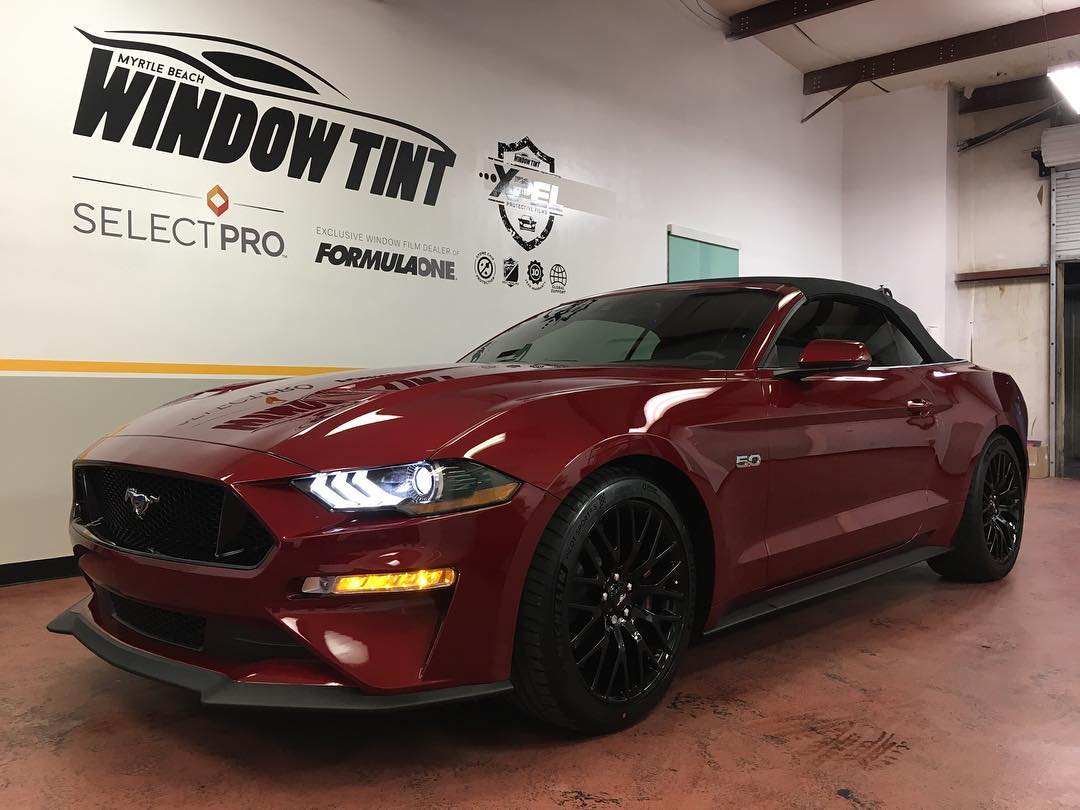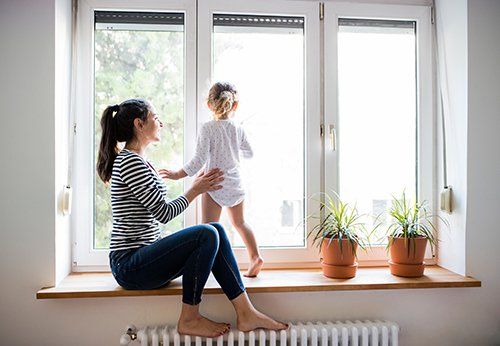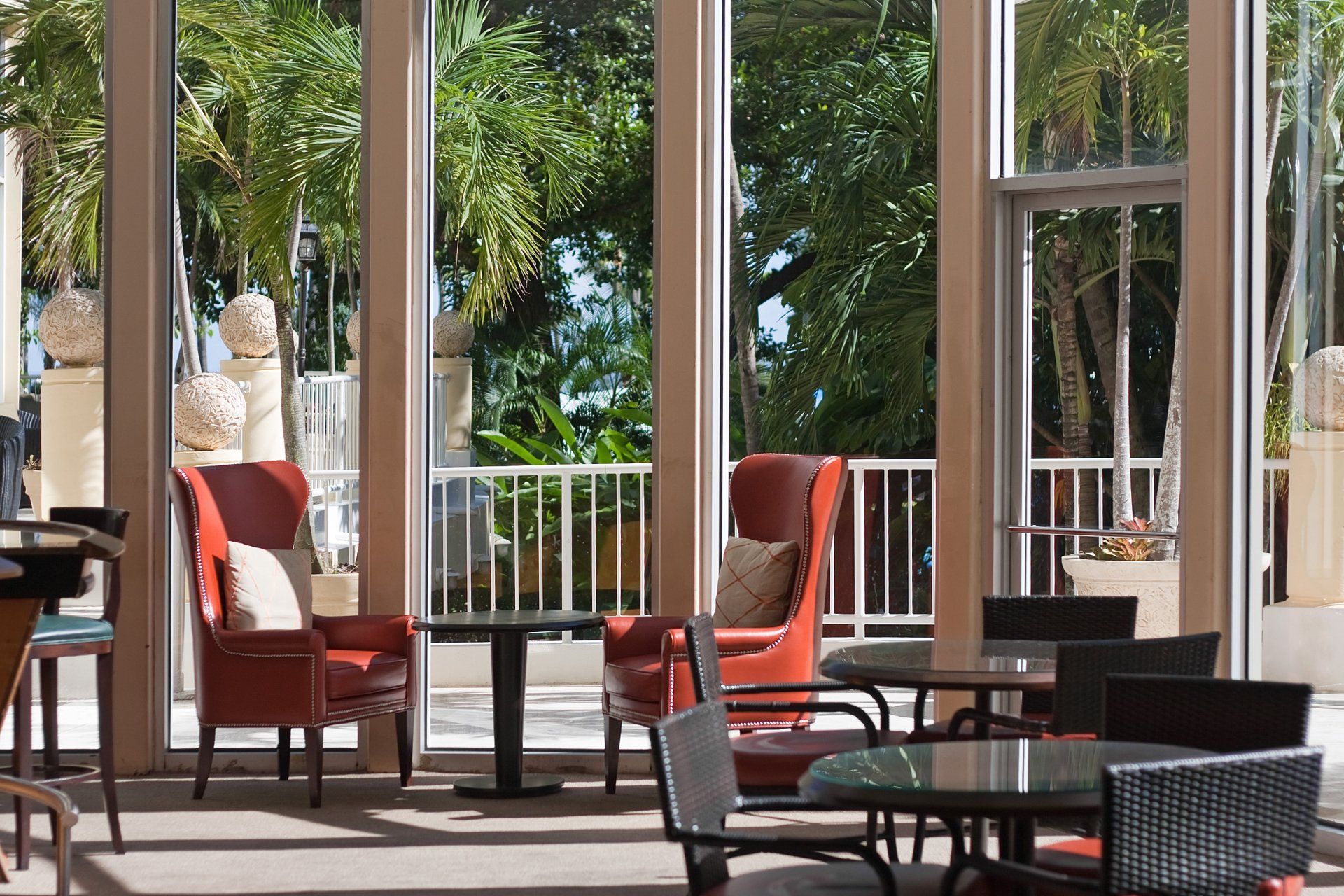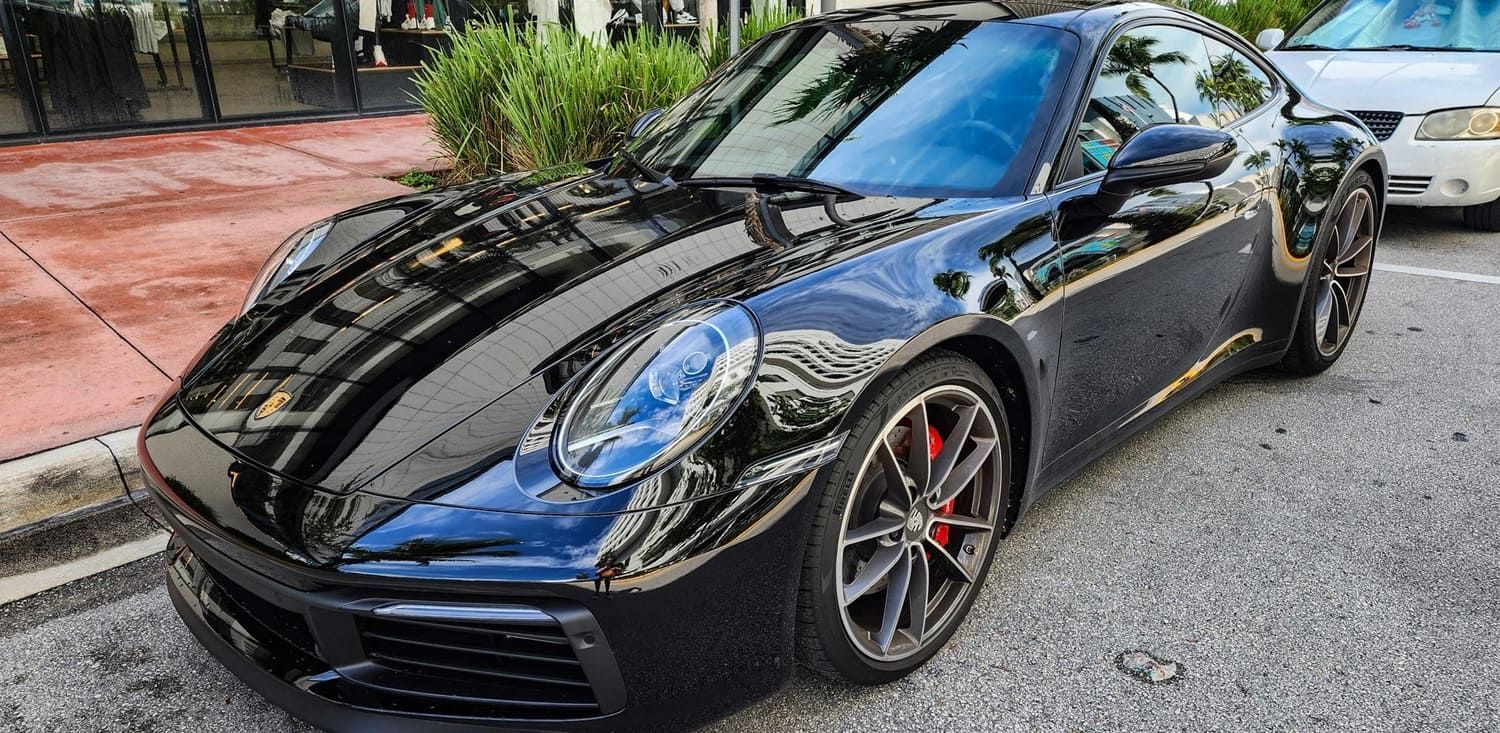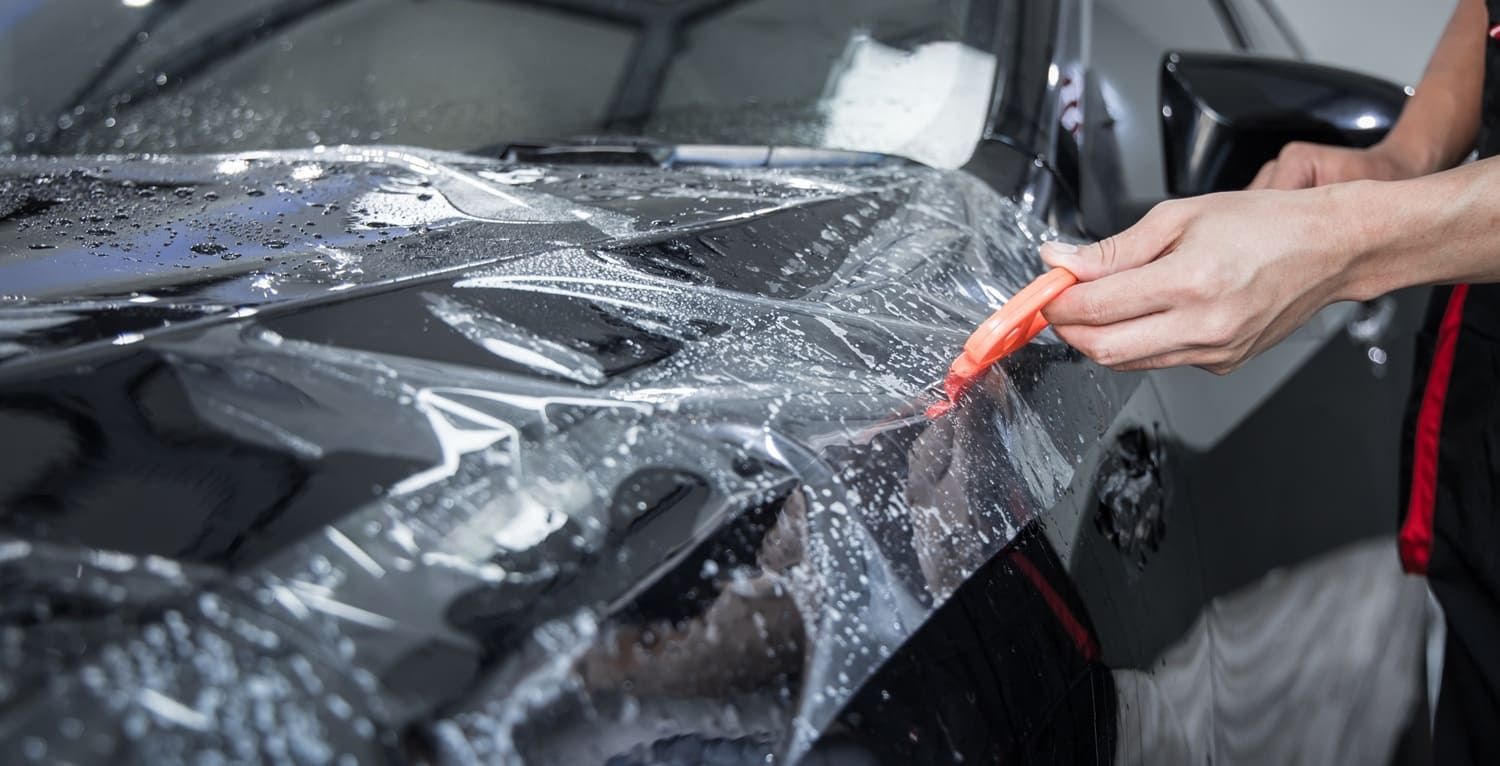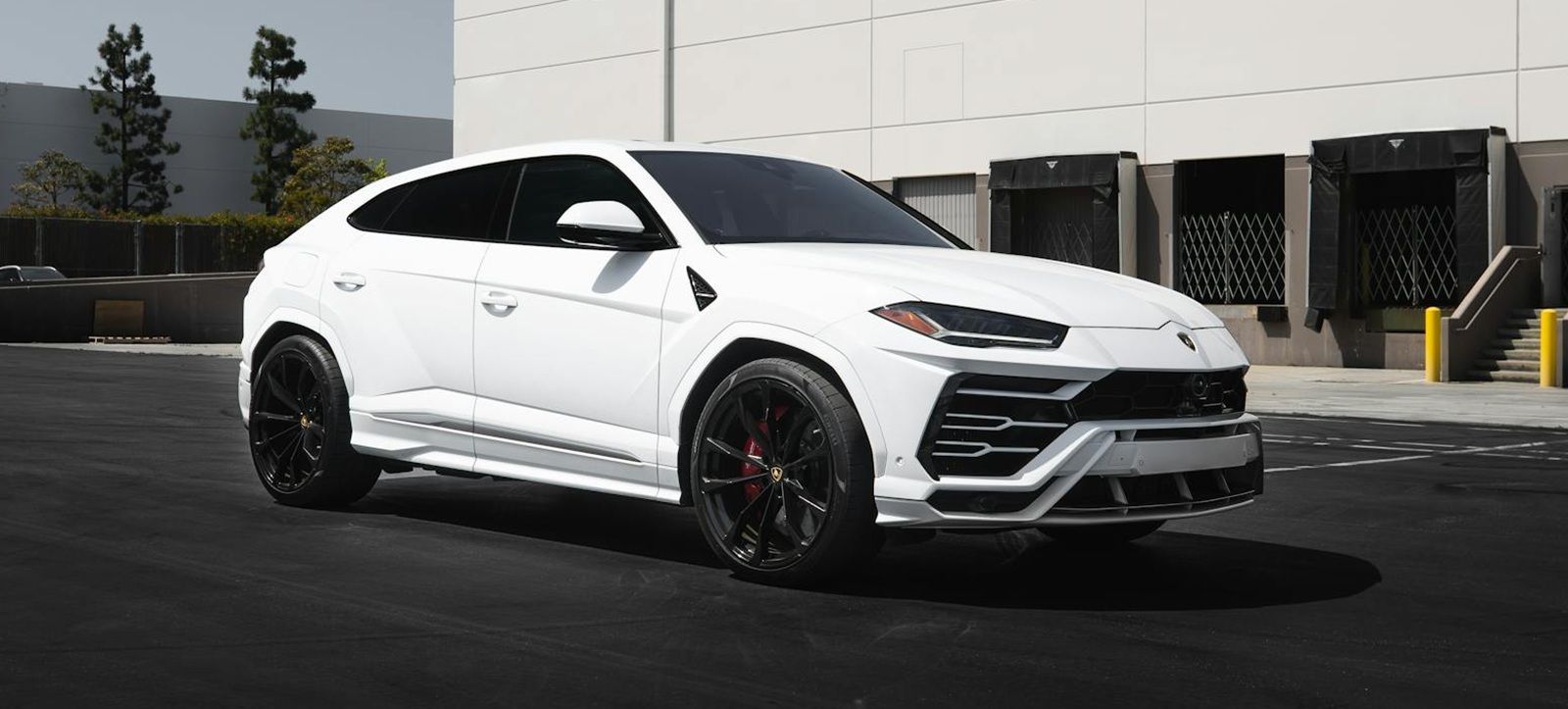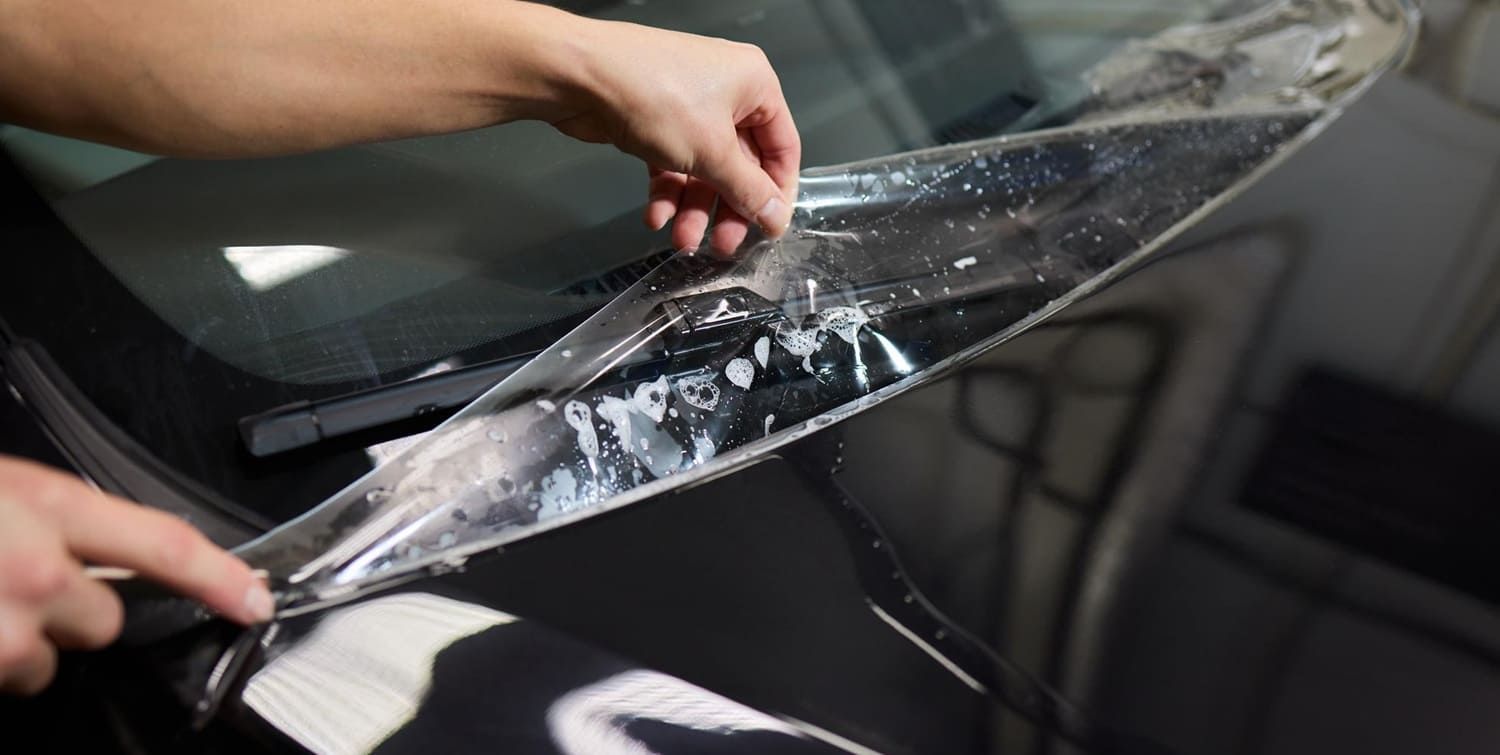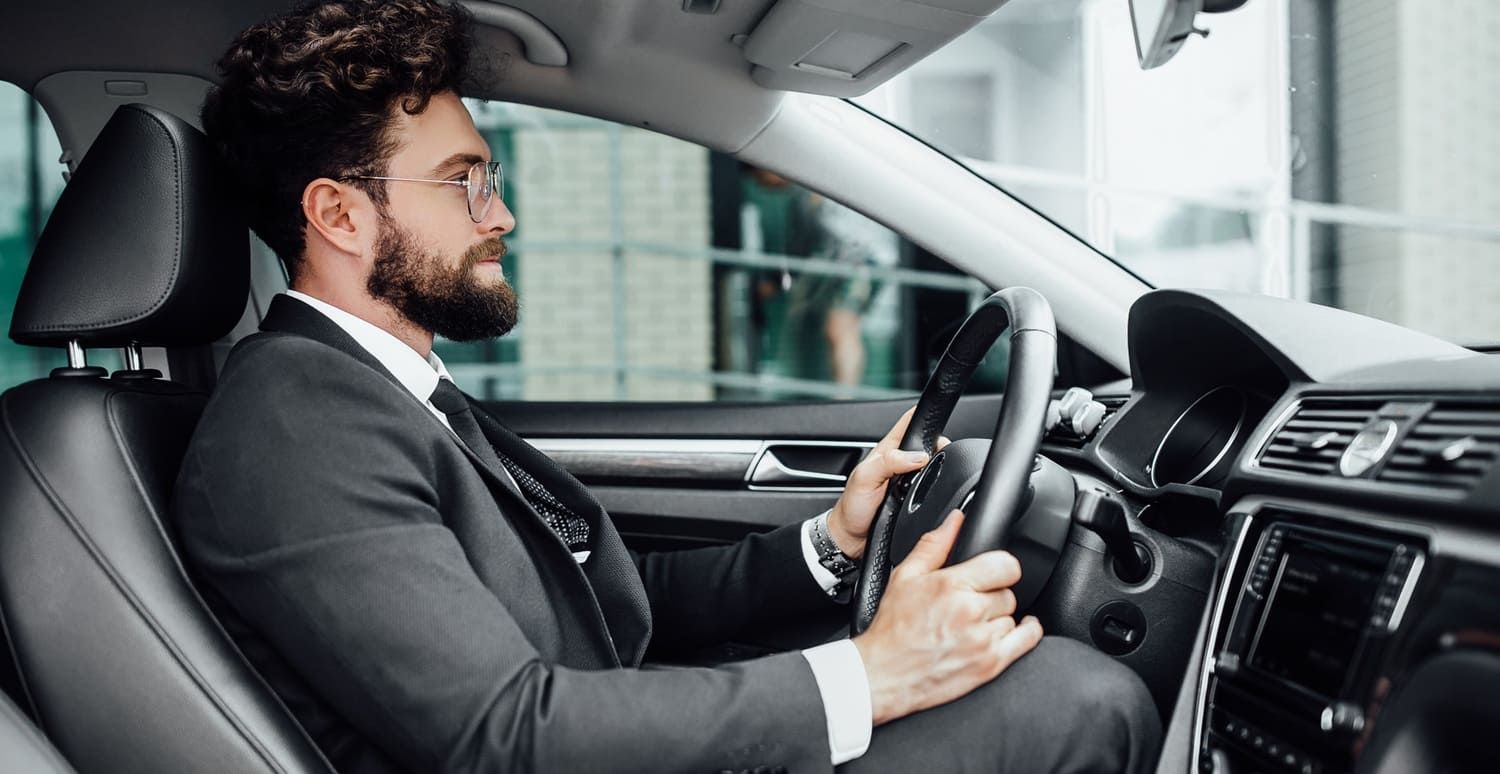The Hidden Problems of DIY Tesla Window Tinting
Before delving into the potential pitfalls of DIY window tinting, it's important to understand the basics. Window tinting involves applying a thin film to the interior or exterior of a car's windows. This film comes in various shades and types, offering different levels of privacy and UV protection. Tinting not only enhances the aesthetic appeal of your vehicle but also serves practical purposes such as reducing interior fading and maintaining cooler cabin temperatures.
Types of Window Tint
- Dyed Film: This is the most affordable option and provides a basic level of privacy and glare reduction. It is made by placing a layer of dye between an adhesive layer and a protective polyester top coating. While it effectively reduces glare, it offers limited heat reduction and may fade over time.
- Metalized Film: Offers more durability and heat reduction but can interfere with electronic signals. This type of film contains tiny metallic particles that reflect heat and UV rays. Although it enhances strength and shatter resistance, it can disrupt GPS and radio signals, a significant consideration for a tech-savvy Tesla owner.
- Carbon Film: Known for its matte finish and effective UV protection without signal interference. Carbon films provide better heat reduction compared to dyed films and do not fade as quickly. They are an excellent choice for those seeking durability and performance without sacrificing connectivity.
- Ceramic Film: The highest quality option, providing excellent heat reduction and clarity without signal issues. This film uses ceramic particles to block up to 50% of solar heat. It also offers superior UV protection, making it a favorite for Tesla owners who want the best in performance and appearance.

The DIY Approach: Why It's Tempting
Cost Savings
The primary reason many Tesla owners consider DIY window tinting is cost savings. Professional tinting services can be expensive, especially for high-end vehicles like Teslas. By purchasing a DIY window tint kit, owners can potentially save hundreds of dollars. These kits are widely available online and come with pre-cut films and basic tools, making them an attractive option for budget-conscious individuals.
Personal Satisfaction
For car enthusiasts, the satisfaction of completing a project on their own is a significant draw. DIY projects allow owners to learn new skills and customize their vehicles to their liking. Completing a tinting job can provide a sense of accomplishment and personal connection to one's vehicle. Additionally, it offers the flexibility to choose specific tint shades and styles, allowing for a unique customization experience.
The Hidden Problems of DIY Window Tinting
Despite the allure of saving money and the satisfaction of a DIY project, there are several hidden issues that can arise from attempting to tint your Tesla's windows on your own. These issues can not only affect the aesthetics of your vehicle but also its functionality and resale value.
Quality of Materials
One of the most significant challenges of DIY window tinting is the quality of the materials. Many DIY kits use lower-grade films that may not offer the same level of UV protection, heat reduction, or longevity as professional-grade options. Inferior quality films can bubble, peel, or fade over time, leading to additional costs for replacements. Moreover, such films may not adhere properly to Tesla's unique glass surfaces, resulting in poor installation outcomes.
Installation Challenges
Installing window tint requires precision and expertise. Here are some common installation issues DIYers encounter:
- Air Bubbles: Trapped air can create bubbles that are unsightly and difficult to remove once the film has set. These bubbles can distort visibility and compromise the tint’s effectiveness in glare and heat reduction.
- Creases and Wrinkles: These can occur if the film is not applied smoothly, affecting both appearance and performance. Handling the film improperly or applying it without the correct tools can lead to these imperfections.
- Cutting Errors: Properly cutting the film to fit the unique shape of Tesla windows requires skill and accurate measurements. Misjudgments can lead to wasted material and a poor fit that detracts from the car's sleek design.
Potential Damage to Windows
DIY window tinting can also result in damage to your Tesla's windows. Using incorrect tools or techniques can lead to scratches or other damage, which can be costly to repair or replace. Additionally, removing improperly installed tint can further damage the glass, adding to the expense and inconvenience.
Legal Compliance
Different states have varying laws regarding window tint darkness and reflectivity. DIYers may inadvertently apply tints that are too dark or reflective, resulting in fines or the need to redo the tinting to comply with local regulations. Understanding these legal nuances can be complex, and non-compliance can lead to safety inspections or penalties.
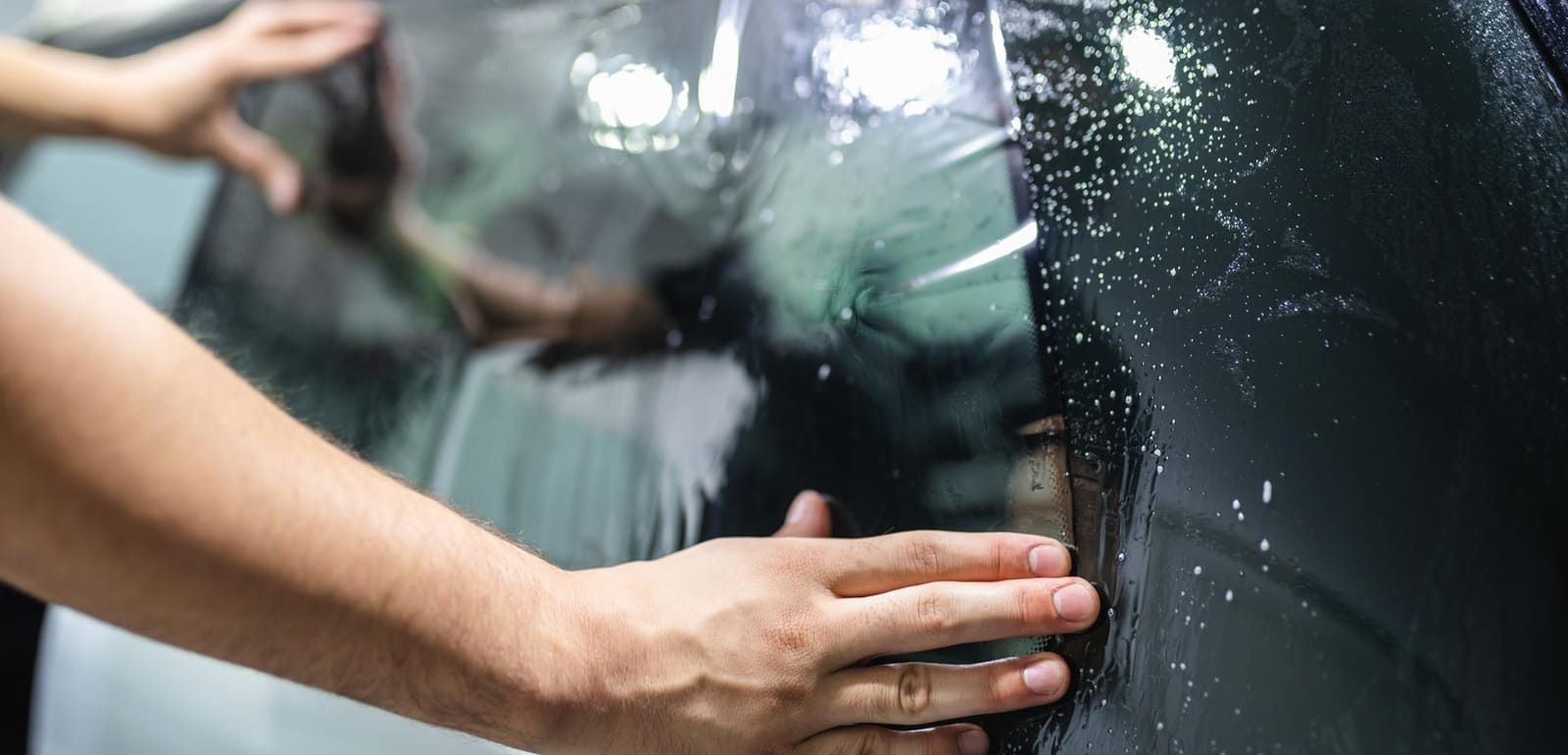
The Professional Advantage
Given the potential pitfalls of DIY window tinting, professional installation offers several advantages that can save you time, money, and frustration in the long run. Engaging a professional service ensures that your investment in window tinting yields optimal results and enhances your vehicle's value.
High-Quality Materials
Professional installers use top-tier materials that offer superior durability, UV protection, and heat reduction. These materials are more resistant to bubbling, peeling, and fading, ensuring a long-lasting finish. Such quality films are specifically designed to complement Tesla's advanced technology and design features.
Expertise and Precision
Experienced installers have the skills and tools necessary to apply window tint smoothly and without errors. They can ensure a perfect fit and finish, free from bubbles, creases, or miscuts. Their expertise also allows them to work efficiently, minimizing the time your vehicle is out of use and ensuring every aspect of the installation meets high standards.
Warranty and Support
Most professional tinting services offer warranties on their work. This means if any issues arise, such as bubbling or peeling, you can have them corrected without additional costs. DIY kits rarely offer such assurances. Additionally, professional services often include post-installation support, providing advice and assistance should you encounter any issues down the road.
Compliance with Local Laws
Professional installers are familiar with local regulations and can ensure that your window tint complies with all legal requirements, avoiding potential fines or the hassle of having to remove non-compliant tint. Their understanding of regional laws ensures that your vehicle remains road-legal and avoids any legal complications.
Conclusion: Why Professional Tinting is Worth the Investment
While DIY Tesla window tinting might seem like an attractive option for cost-conscious car owners, the potential for hidden problems can quickly outweigh any initial savings. At Myrtle Beach Window Tint, your best window tinting installers serving Myrtle Beach, SC, we deliver expert installation using premium materials to ensure a flawless, long-lasting finish.
Professional window tinting not only enhances the aesthetics and performance of your Tesla but also comes with the peace of mind that warranties, legal compliance, and precision craftsmanship provide. Our experience and access to high-grade film ensure your vehicle receives superior protection and style.
Contact Myrtle Beach Window Tint today for your free estimate and discover why professional tinting is the smart choice for your Tesla.
In the end, investing in professional tinting saves you from the frustrations and hidden costs of DIY errors. Enjoy a cooler, more stylish ride—done right the first time.
Avoid These Costly Mistakes: FAQs About DIY Tesla Window Tinting Risks
Is it safe to tint Tesla windows yourself?
Not always. Tesla windows, especially the large panoramic glass and frameless designs, require precise handling. DIY attempts risk damaging the defroster lines, seals, or built-in sensors.
What makes Tesla vehicles harder to tint than other cars?
- Curved panoramic glass roofs
- Sensitive electronics and cameras
- Unique window shapes and frameless doors
- These features demand specialized tools and expert techniques for a clean, damage-free install.
Will DIY tinting affect Tesla’s technology?
Yes, incorrect application or using metallic tints can interfere with GPS, Bluetooth, and cellular signals. Ceramic tints are recommended—but must be applied properly to avoid disruption.
What are common DIY tinting mistakes on Teslas?
- Visible bubbles or creases
- Uneven cuts and poor alignment
- Peeling or lifting at edges
- Damaged window trim or sensors
- These mistakes not only look unprofessional but can also reduce functionality or resale value.
Can DIY tinting void my Tesla warranty?
If damage is caused during tinting—like harming the defroster, window regulators, or cameras—Tesla may deny warranty coverage for those repairs. Professional installation helps avoid this risk.
Is DIY tinting more affordable in the long run?
While it seems cheaper upfront, DIY tinting often results in redo costs, material waste, and potential damage—making professional tinting the more cost-effective solution long term.
How long does DIY tint typically last compared to professional tint?
DIY-installed films often degrade faster due to improper application or poor-quality materials. Professionally installed premium films can last 10–15 years without bubbling, fading, or peeling.
Where can I get expert Tesla window tinting?
At Myrtle Beach Window Tint, we specialize in professional Tesla window tinting using signal-safe, high-performance films. We ensure a flawless, long-lasting finish tailored to your Tesla model. Call us today for a free estimate!

